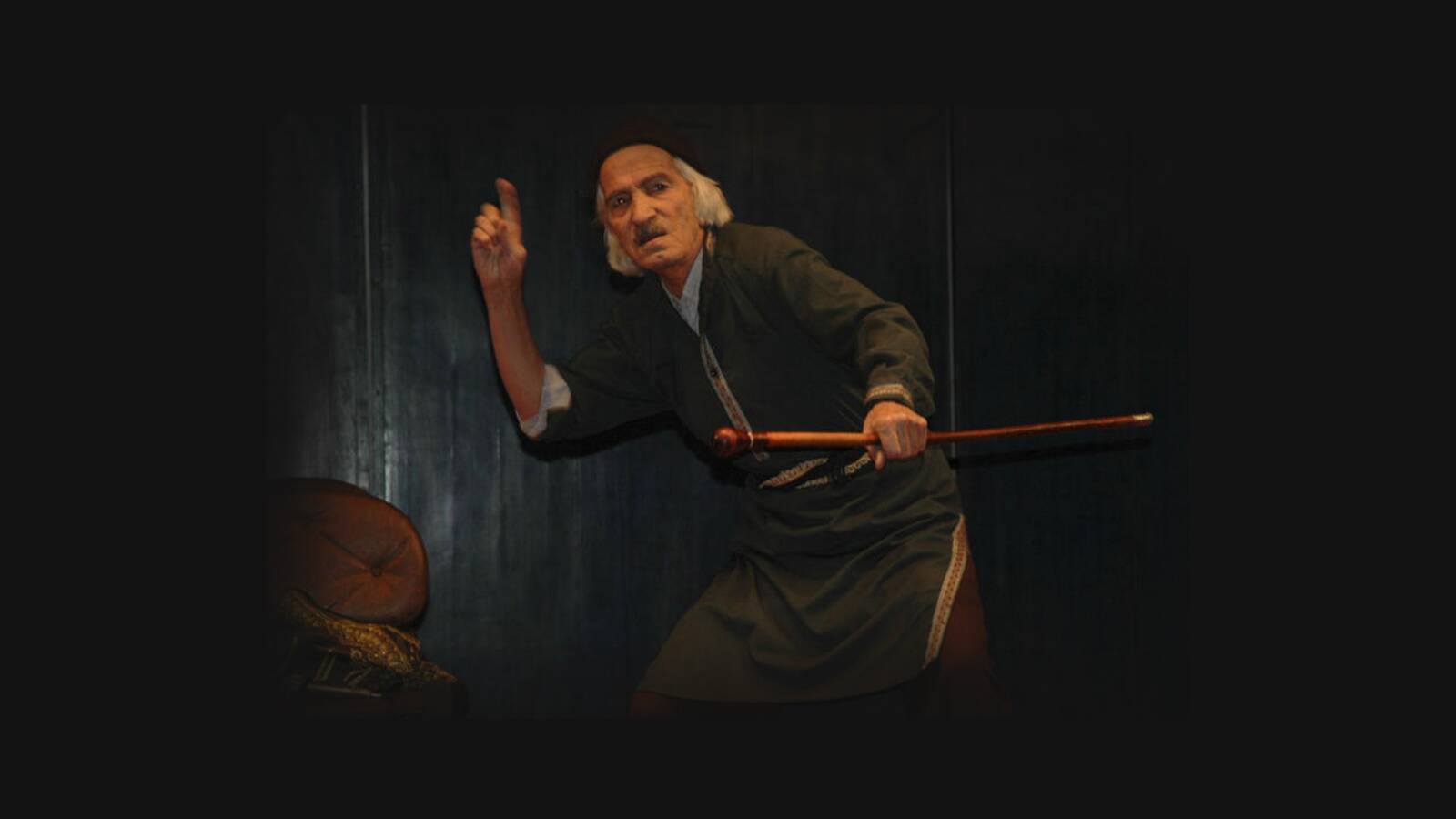
Recitation or Parda Khwani is one of the ancient rituals in Iran, with different changes over time. The origin of recitation goes back, in terms of etymology-meaning “story-telling”-, to Parthian period and the Gosans who were well-known for relating the epic stories. Although there existed other similar traditions in form of storytelling accompanied by music, during Sassanid period, with paying especial attention to folklore, national and epic narratives, we mean by recitation, nowadays, a prospered ritual in Islamic era which cannot be assessed separated from its religious attributions.
In addition to narrating the epic stories of Shahnameh (Book of King), moral tales of Masnavi (the mystical masterpiece of Molana-Jalal al-Din Mohammad Rumi) and even the popular Iranian romantic stories (including Leili & Majnun, Khosrow & shirin), recitation in Islamic period is mostly concerned with the religious stories and narratives, stressing the importance of Karbala and the Day of Ashura. Therefore, there is a tightly-coupled relationship between recitation and literary genres like Maghtal Nevisi (Martyrographie: the stories of martyrdom of Ali and his family).
Because this genre made a contribution to some famous rituals concerning Ashura; one of the most important of them is Rawda Khwani (reading the Rawda- commemoration of Shia’ religious tragedies), which is a kind of religious recitation. The identified basis of Rawda Khwani is the famous Hossein Waiz Kashifi’s Maghtal (the martyrdom book) namely Rawdat al-shuhada which was written in 908 HJ, when the Safavis period had been begun in Iran; this literary work created the foundation of all Shia’ Rawdas and consequently the rituals of Tazieh and Shabih khwani (presenting or staging a resemblance) in Iran.
In addition to the musical aspect, rhetorical and high verbal skills of the narrator, their powerful memory and enough mastery of the ancient epic, moral and religious narratives, the glorious ritual of recitation is always accompanied by a visual element, too, so that different kinds of painting play a pivotal role in recitation in all areas of Iran. The historians have traced the primary samples of these paintings in early Islamic era when the religious Parda was appeared. Buyyids, the Iranian Shia believers, have gone the first way towards creating Parda for religious, specifically Ashura, paintings while promoting them.
Parda was being used, subsequently, in Safavid era, during the Shah Ismail attack to Uzbekan, in Herat, in order to excite the Iranian Shia army. The current travelogues also report a person called Ghazieh Khwan in the court of Shah Safi who was performing the ancient and contemporary kings’ acts using dramatic and exciting movements.
Among different kinds of folklore, narrative and religious paintings, Coffee-House painting has a tightly-coupled relationship with recitation; some believes that the evolution process of Rawda Khwani ritual, from its Safavid static into the Qajar dynamic form, in Husseinieh, can be considered as the root of these portable paintings which have been called Shamayel (means Icon) OR Parda, both as the products of Tazieh; therefore, the recitation ritual when comes with paintings is also called Shamayel-Gardani OR Parda-Dari.